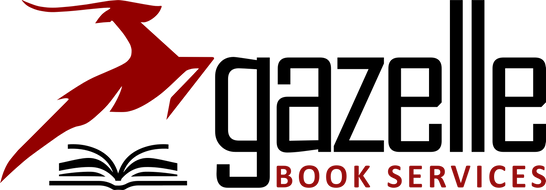
Software Wasteland
How the Application-Centric Mindset is Hobbling our EnterprisesIn Stock
ISBN: 9781634623162
Paperback
220 Pages
Subjects:
Knowledge management
Enterprise software
Software Engineering

Know whats causing application development waste so you can turn the tide. This is the book your Systems Integrator and your Application Software vendor dont want you to read. Enterprise IT (Information Technology) is a $3.8 trillion per year industry worldwide. Most of it is waste. We've grown used to projects costing tens of millions or even billions of dollars, and routinely running over budget and schedule many times over. These overages in both time and money are almost all wasted resources. However, the waste is hard to see, after being so marbled through all the products, processes, and guiding principles. That is what this book is about. We must see, understand, and agree about the problem before we can take coordinated action to address it. The trajectory of this book is as follows: In Chapter 1, we explore how bad the current state is. The three industries that address software waste are discussed, including the legacy software industry, neo-legacy software industry, and legacy modernization industry. Examples of application waste are illustrated from both public and private sectors. In Chapter 2, we explore the economics of the software industry. Although the economic tradeoffs are changing at the speed of Moores Law, our approaches are not keeping pace. Learn how information systems really behave in terms of actual application development. In Chapter 3 we use root cause analysis to reveal the real contributors to this situation, which are dependency, redundancy, complexity, and application centricity. Chapter 4 recounts the many failed attempts weve made in the past to deal with information system complexity, including relational databases, ERP systems, enterprise data modeling, service oriented architectures, and APIs, Agile, data warehouse and business intelligence, outsourcing and offshoring, cloud, Software as a Service (SaaS), data lakes, machine learning, and artificial intelligence. Chapter 5 dismantles seven fallacies that contribute to our remaining stuck. For example, the first fallacy is We need detailed requirements or we wont get what we want. The quagmire is not affecting all sectors of the economy equally. Chapter 6 looks at how this is playing out in the government and private sectors, large and small companies, and various parts of the IT industry itself. Chapter 7 outlines some action you can take now to begin to extricate yourself, including a detailed assessment and defining metrics for measuring and preventing software development waste.
Dave McComb is the author of the bestseller, Software Wasteland, and the President and co-founder of Semantic Arts, a consulting firm that helps organizations uncover the meaning of the data from their information systems. For 20 years, Semantic Arts has helped firms of all sizes in this endeavor, including Procter & Gamble, Goldman Sachs, Schneider-Electric, Lexis Nexis, Dun & Bradstreet and Morgan Stanley. Prior to Semantic Arts, Dave co-founded Velocity Healthcare, where he developed and patented the first fully model driven architecture. Prior to that, he was part of the problem.
We understand the importance of accessibility for all of our customers, including those with disabilities. While our website may not currently meet the Web Content Accessibility Guidelines (WCAG) 2.1, Level AA, we are actively working towards compliance and constantly seeking ways to improve the user experience for all of our customers.
To that end, we have implemented a variety of accessibility tools provided by third-party app, AppifyCommerce. These tools include features such as keyboard navigation, high contrast mode, font resizing, and alternative text for images read focus, various cursor sizes. We have also incorporated tools to help with visual impairments, such as screen readers and text-to-speech functionality.
In addition to these technical solutions, we have also made a commitment to providing clear and easy-to-understand information on our website. This includes using simple and straightforward language, providing alternative text for images and videos, and including clear and detailed product descriptions.
We understand that accessibility is an ongoing effort and that there may be areas of our website that are not fully accessible. If you have any difficulty accessing our website or have any suggestions for improvements, please contact us at [email or phone number]. We will make every effort to respond to your request as soon as possible and work towards resolving any issues you may have encountered.
We also strive to provide equal access to our products and services, including our online store and customer service channels. So, we are always open to feedback, suggestions, and ideas on how we can continue to improve accessibility on our website and in all aspects of our business.
Our ultimate goal is to ensure that all of our customers, regardless of ability, have a positive and seamless experience when visiting our website and purchasing from our store. Thank you for visiting our store and for your patience as we continue to work towards full compliance with the WCAG guidelines.
